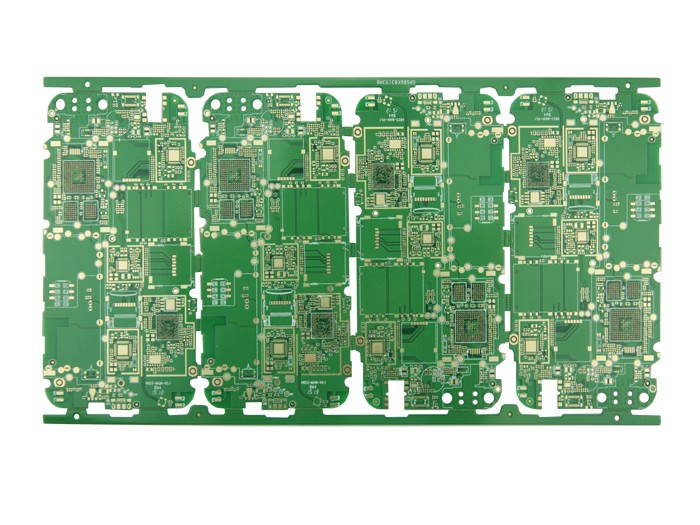The characteristic impedance Z0 calculation formula of the microstrip line structure: Z0 = 87/r +1.41 ln5.98H / (0.8W+T)
Among them: εr-permittivity H-dielectric thickness W-wire width T-wire thickness
The lower the εr of the board, the easier it is to increase the Z0 value of the PCB circuit and match the output impedance value of the high-speed component.

1. The characteristic impedance Z0 is inversely proportional to the εr of the plate
Z0 increases as the thickness of the medium increases. Therefore, for high-frequency circuits with strict Z0, strict requirements are imposed on the error of the dielectric thickness of the copper clad laminate substrate. Generally, the thickness of the media must not vary by more than 10%.
2, the influence of dielectric thickness on characteristic impedance Z0
With the increase of trace density, the increase of dielectric thickness will cause the increase of electromagnetic interference. Therefore, for signal transmission lines of high-frequency lines and high-speed digital lines, with the increase of conductor wiring density, the thickness of the medium should be reduced to eliminate or reduce the noise or crosstalk caused by electromagnetic interference, or to greatly reduce εr. εr substrate.
According to the characteristic impedance Z0 calculation formula of the microstrip line structure: Z0 = 87/r +1.41 ln5.98H / (0.8W+T)
Copper foil thickness (T) is an important factor affecting Z0. The larger the wire thickness, the smaller the Z0. But its range of change is relatively small.
3, the influence of copper foil thickness on characteristic impedance Z0
The thinner the thickness of the copper foil, the higher the value of Z0 can be obtained, but the change in thickness does not contribute much to Z0.
The contribution of thin copper foil to Z0 is more accurate than the contribution of thin copper foil to the manufacture of fine wires to improve or control Z0.
According to the formula:
Z0 = 87/r +1.41 ln5.98H / (0.8W+T)
The smaller the line width W, the larger Z0; reducing the wire width can increase the characteristic impedance. The line width change has a much more obvious effect on Z0 than the line thickness change.
4. The influence of wire width on characteristic impedance Z0
Z0 increases rapidly as the line width W becomes narrower. Therefore, to control Z0, the line width must be strictly controlled. At present, the signal transmission line width W of most high-frequency circuits and high-speed digital circuits is 0.10 or 0.13mm. Traditionally, the line width control deviation is ±20%. The PCB wires of conventional electronic products that are not transmission lines (wire length <1/7 of the signal wavelength) can meet the requirements, but for signal transmission lines with Z0 control, the PCB wire width deviation is ±20%, which can no longer meet the requirements. Because the Z0 error at this time has exceeded ±10%.